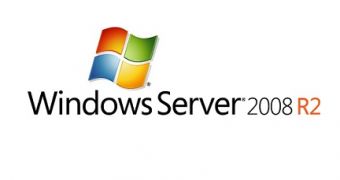IIS Application Request Routing (ARR) 2.0 has been released to web and is available for download from Microsoft as of November 9th, 2009. The RTW milestone means that the tool has graduated from Release Candidate stage and has been signed-off. Set up to increase Cloud application scalability and reliability, ARR 2.0 RTW is designed to integrate with the latest iteration of Internet information Services, namely IIS 7.5, which ships as an integral component of Windows 7 and Windows Server 2008 R2.
The promise from Eric Rezabek, senior product manager, IIS/Web, is that a range of customers will be able to leverage ARR 2.0, from hosting providers to Content Delivery Network (CDN) providers. Specifically, the Redmond company applauds ARR 2.0 for being able to cut cost, to deliver enhanced scalability, and to ultimately making sure that flexible deployment options are available to businesses.
“With IIS 7.5 and ARR 2.0, customers can create a native Silverlight infrastructure and configure their CDN so that it provides superior live and on-demand media offerings for their users. Customers can implement new capabilities in their CDN and as a result, can replace Apache Squid on their edge servers and cut costs. By deploying this new solution based on ARR 2.0, customers can provide a better viewing experience for Web consumers, boost the scalability and level of control they have over their CDN, and enhance the reports they can provide their users,” Rezabek stated.
The boost to web application scalability and reliability comes from a range of measures which can be implemented through ARR 2.0. Microsoft emphasized that the tool came to the table with a variety of capabilities including: rule-based routing, client and host name affinity, load balancing of HTTP server requests, and distributed disk caching. In the end, ARR is the means to optimizing resource utilization for application servers. A boost in management flexibility capabilities essentially leads to a reduction of administrative costs.
“ARR 2.0 also adds support to enhance disk based cache and cache proxy for CDNs while increasing Web application reliability and scalability through rule-based routing and load balancing of HTTP server requests. ARR 2.0 is able to cache on disk any HTTP traffic that passes through the server. By combining the disk caching capabilities along with a hierarchy of IIS Web servers running ARR 2.0, CDNs and hosting providers are able to considerably reduce the network traffic that traverses up to the origin server,” Rezabek added.
IIS Application Request Routing (ARR) 2.0 RTW is available for download here.

 14 DAY TRIAL //
14 DAY TRIAL //